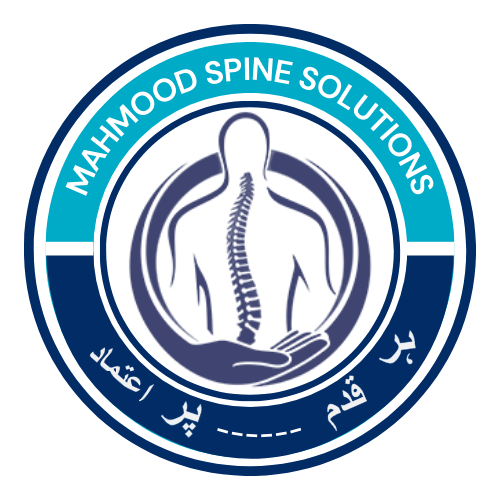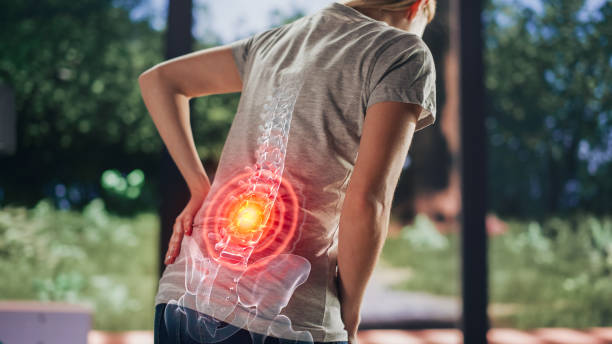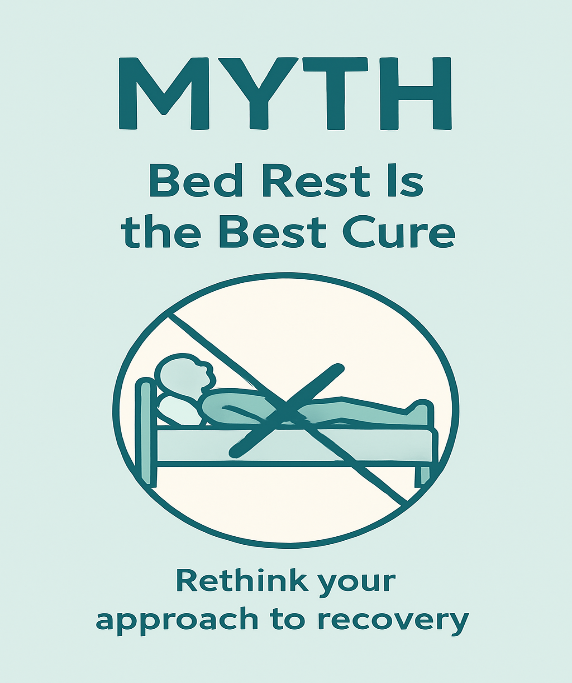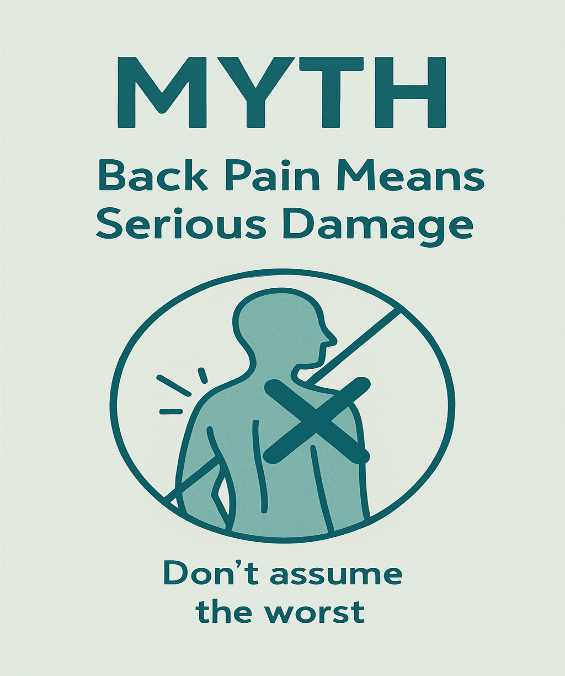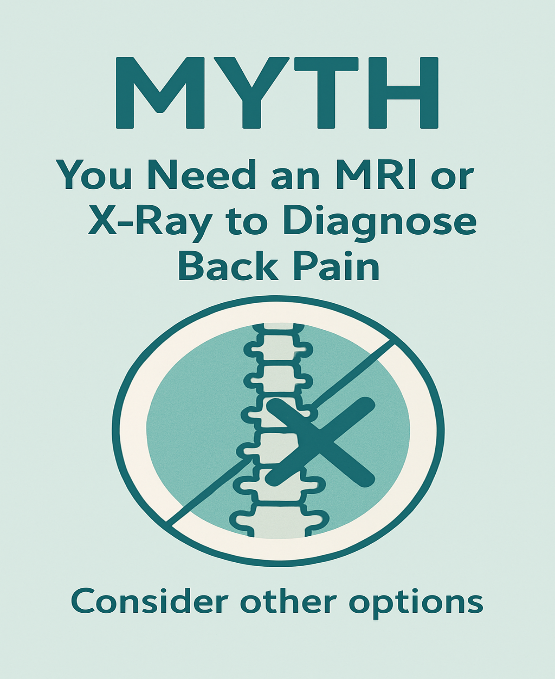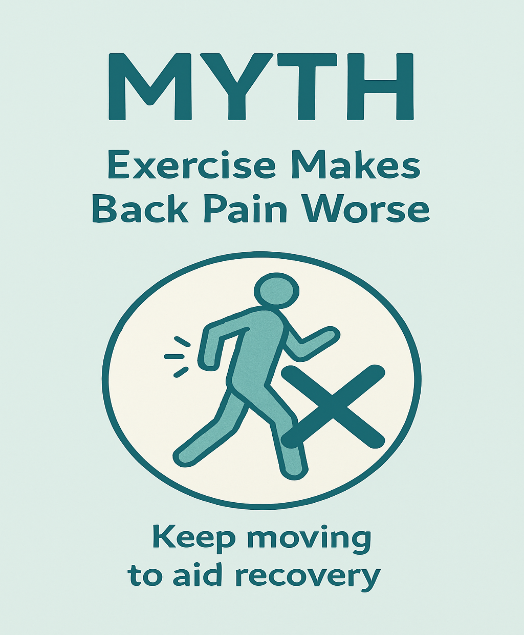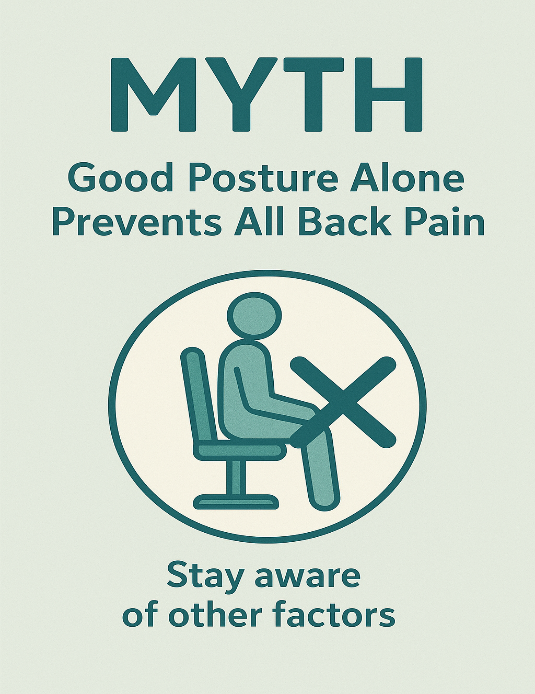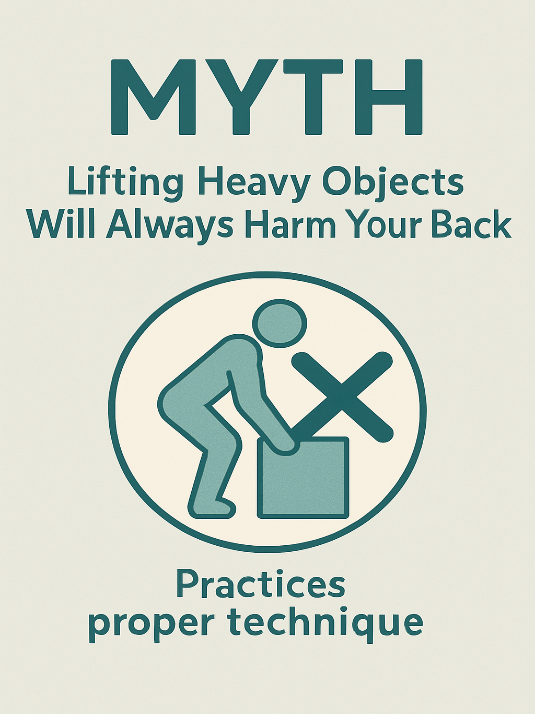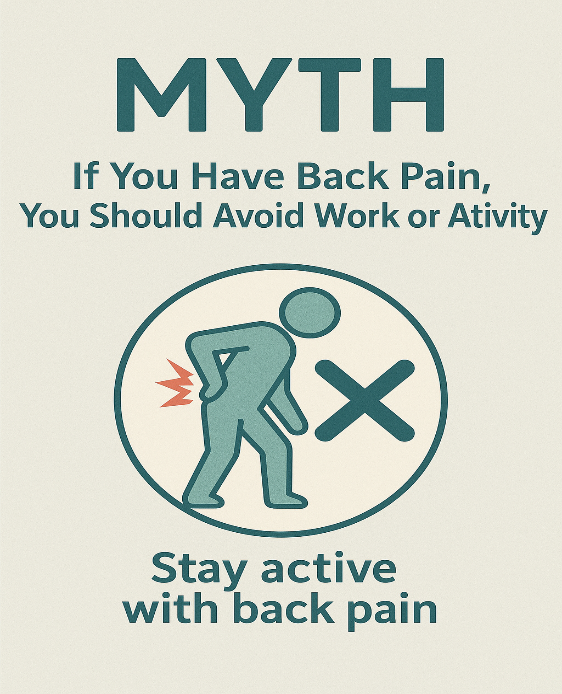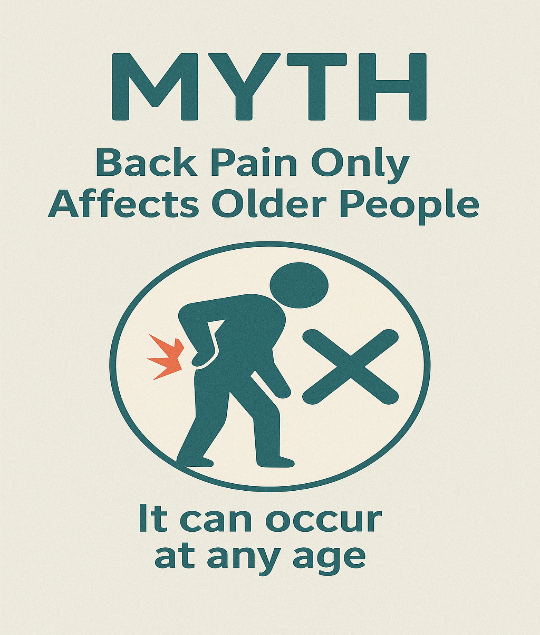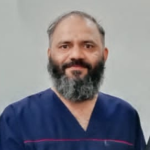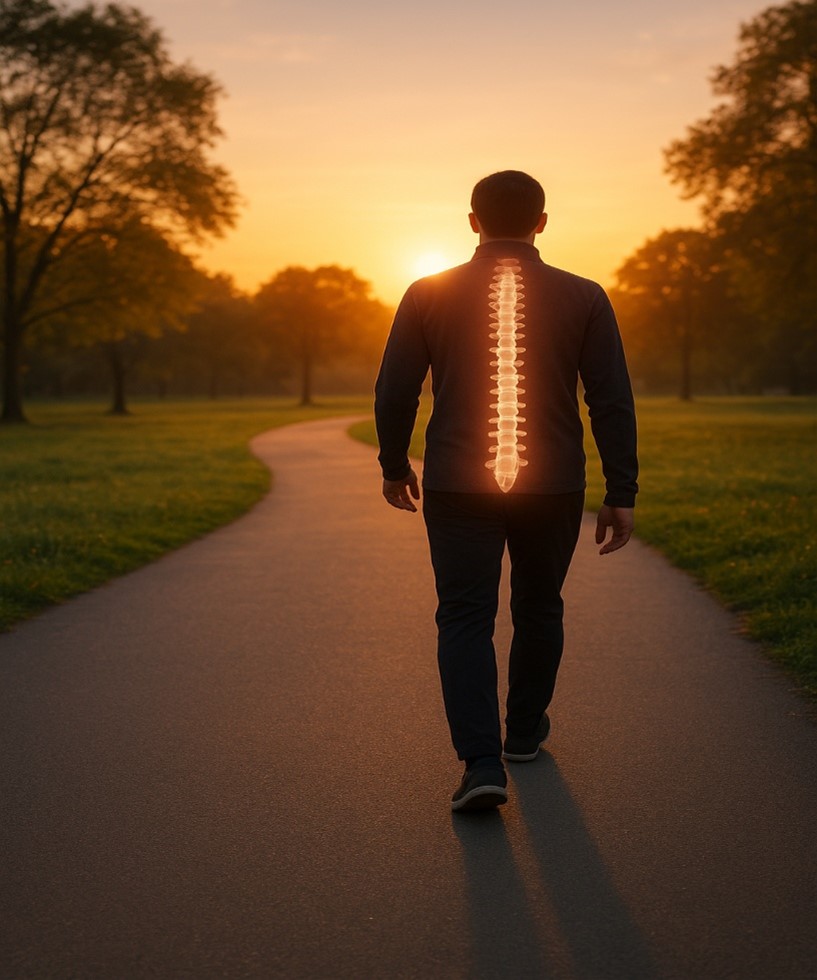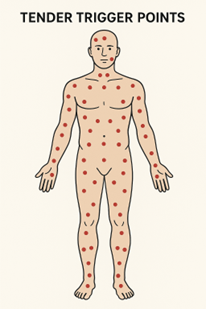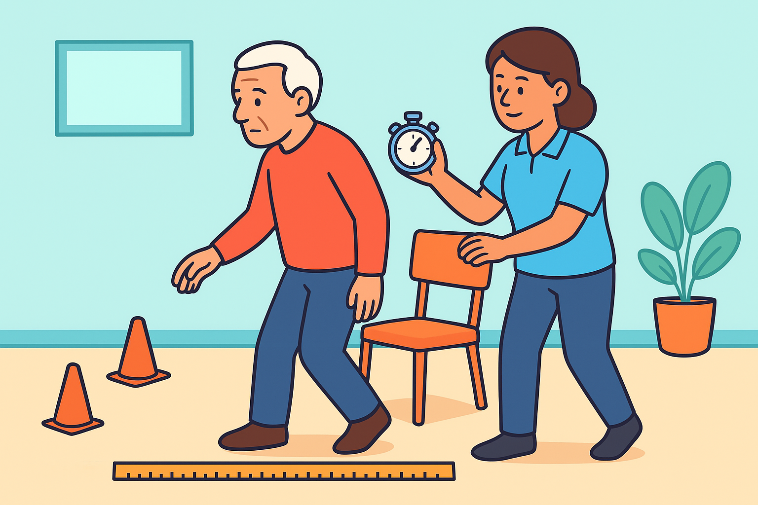Back pain is one of the most common health complaints worldwide. Yet, despite its prevalence, many misconceptions persist—often leading to poor management, unnecessary fear, and delayed recovery. It’s time to set the record straight. Here are some of the most common myths about back pain you should stop believing:
Myth 1: Bed Rest Is the Best Cure
Truth: While short-term rest may help ease severe back pain in the early stages, prolonged bed rest can actually delay recovery. Staying active with light movement and gentle stretching promotes blood flow, reduces stiffness, and supports healing. Unless your doctor recommends otherwise, movement is typically more beneficial than immobility.
Myth 2: Back Pain Means Serious Damage
Truth: Most cases of back pain are not linked to serious structural issues. Muscle strain, ligament sprains, or poor posture are usually to blame. Serious conditions such as fractures, infections, or cancer are rare. A thorough assessment by a healthcare provider can help rule out more serious causes if necessary.
Myth 3: You Need an MRI or X-Ray to Diagnose Back Pain
Truth: Imaging tests are not always necessary, especially for acute or uncomplicated back pain. Many people have abnormal MRI or X-ray findings (like disc bulges or degeneration) without experiencing any pain at all. Clinical assessment by a qualified professional is often more helpful than immediate imaging.
Myth 4: Exercise Makes Back Pain Worse
Truth: On the contrary, regular exercise is one of the most effective ways to prevent and manage back pain. Strengthening the core, improving flexibility, and promoting cardiovascular health all support spinal health. The key is to choose exercises suited to your condition and fitness level—ideally under professional guidance.
Myth 5: Good Posture Alone Prevents All Back Pain
Truth: While posture does matter, it’s not the sole cause or solution for back pain. What’s more important is how often you move and change positions. Even the “perfect” posture, when held for too long, can cause discomfort. Regular movement and ergonomic adjustments matter more than trying to sit up straight all day.
Myth 6: Lifting Heavy Objects Will Always Harm Your Back
Truth: Poor lifting technique—not the weight itself—is the real risk factor. Lifting with a rounded back or twisting suddenly under load can strain tissues. However, when using proper technique—bending at the knees, keeping the load close, and engaging core muscles—lifting is safe and even beneficial for building strength.
Myth 7: If You Have Back Pain, You Should Avoid Work or Activity
Truth: Fear of movement, also known as “fear avoidance,” can lead to deconditioning and prolonged pain. With guidance from a physiotherapist or healthcare provider, most people can and should return to work or physical activity gradually—even while recovering from back pain.
Myth 8: Back Pain Only Affects Older People
Truth: Back pain can affect individuals of all ages, including children and young adults. Sedentary lifestyles, poor ergonomics, stress, and improper lifting can contribute to back pain in younger populations as well.
Final Thoughts:
Myths About Back Pain can worsen the experience, delay recovery, and create unnecessary fear. The good news? Most back pain is manageable with the right approach: staying active, practicing self-care, seeking professional advice when needed, and avoiding misinformation.
About Authors
Dr. Muhammad Mahmood Ahmad is a Spinal as well as an Orthopedic Surgeon with over 14 years of experience currently practicing at Razia Saeed Hospital, Multan.
